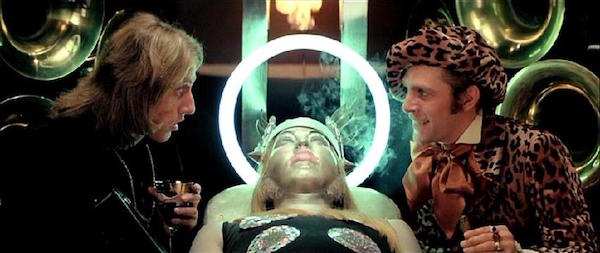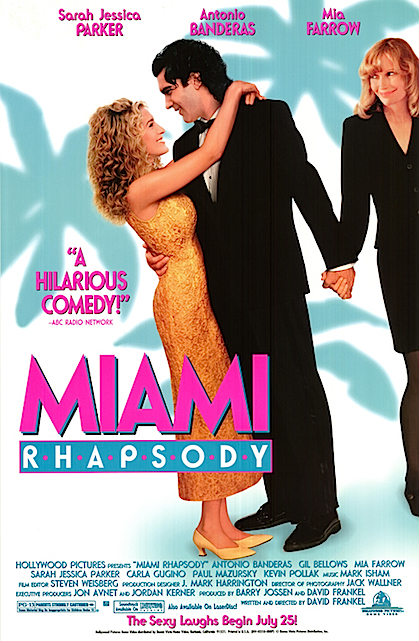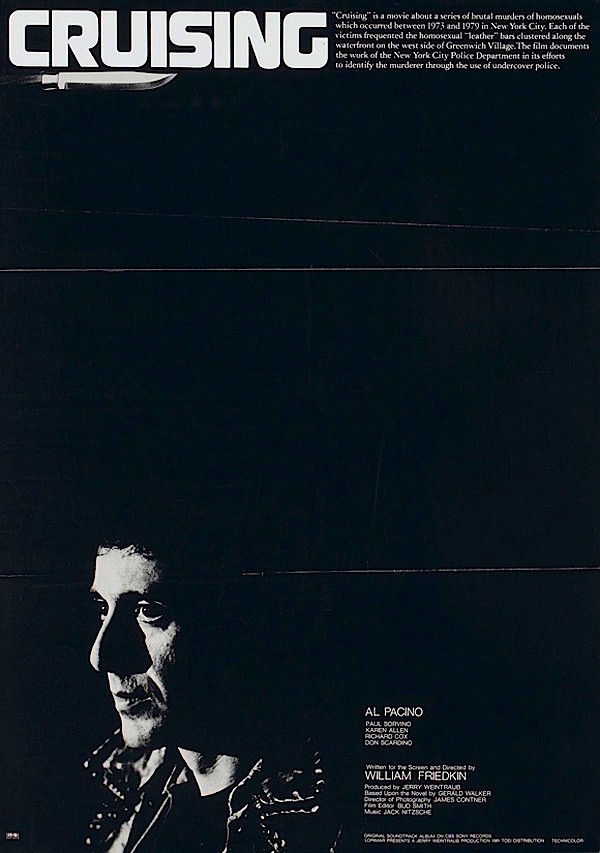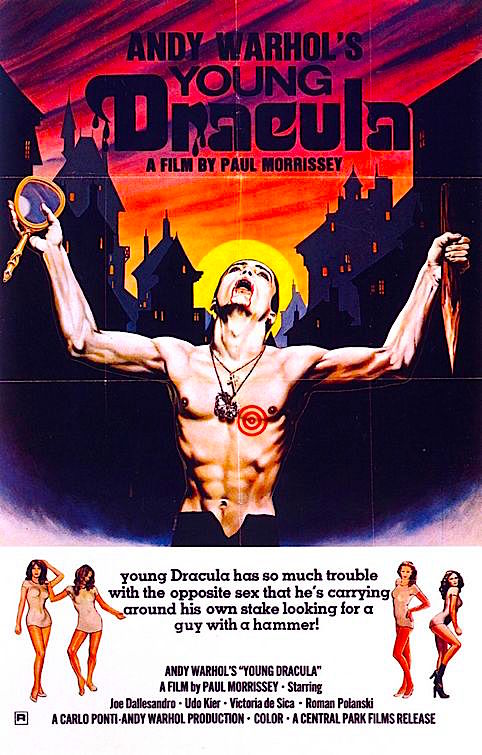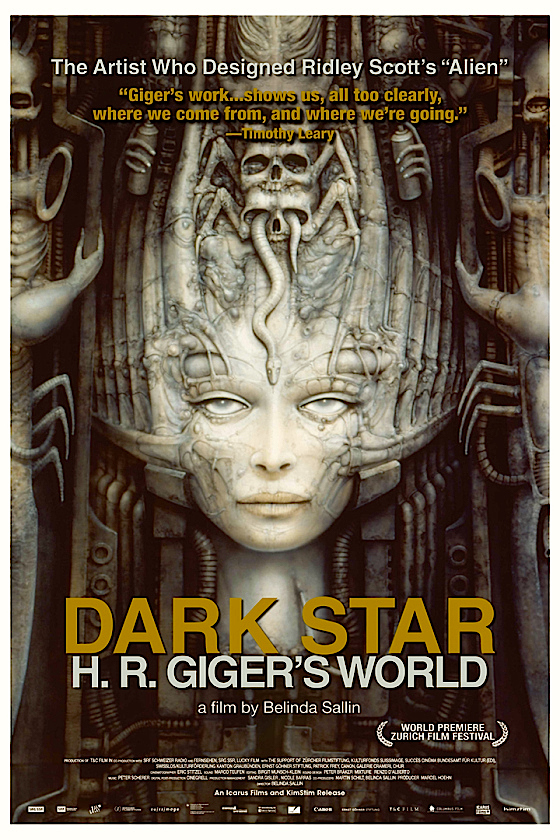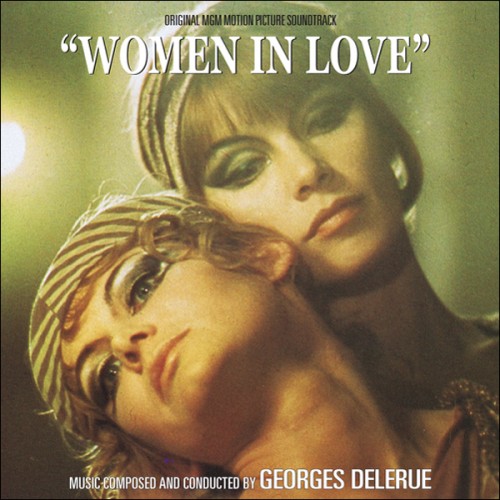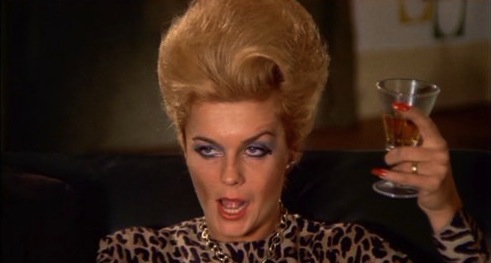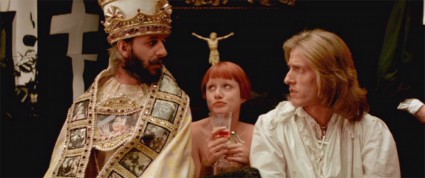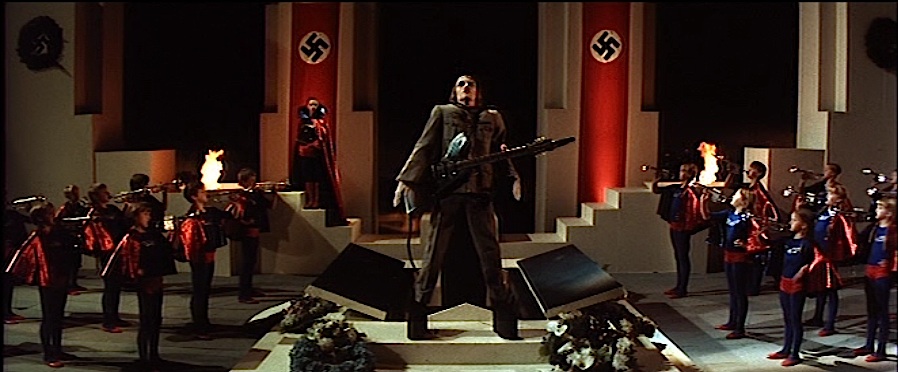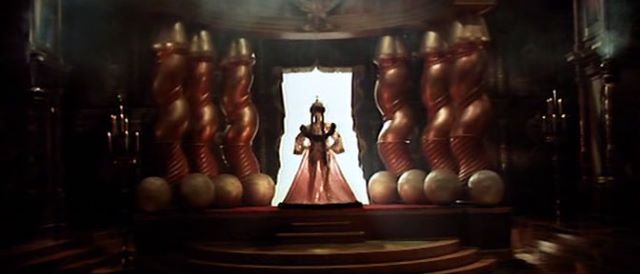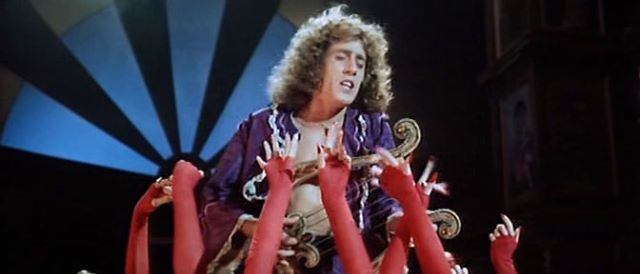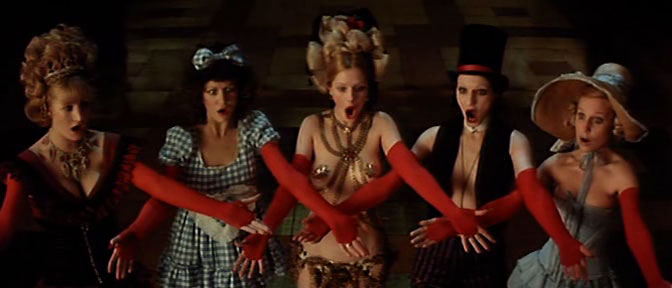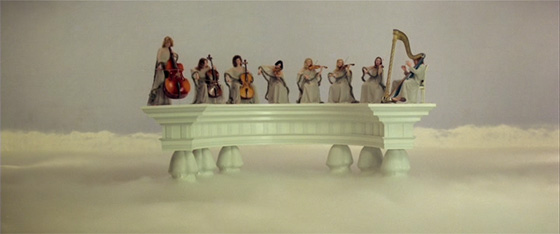
Starting as an odd Midnight Movie, David Lynch’s debut feature film is now considered a work of cinematic art.
Eraserhead
David Lynch, 1977
It’s been building for almost 15 years now, but many of the cinematic treasures buried under the title of Cult Film are currently being re-examined and re-evaluated. There are still plenty of cinephiles who shudder as classics like Valley of the Dolls, Beyond the Valley of the Dolls, One-Eyed Jacks and Carnival of Souls are taking their deserved seats within The Criterion Collection.
As my generation moves toward half century mark, the younger generations of movie lovers are feeling less self-conscious when it comes to fully owning their love of Cult Films that have never quite fit into the restrictively defined Cinematic Masterpiece.
I’ve never worried much about what people think of me. As a teenager I would often snare unsuspecting friends into watching a VHS copy of a movie I deemed as essential. I remember some of my pals squirming through a movie like John Waters’ Multiple Maniacs or Herk Harvey’s Carnival of Souls. I myself placed in a defensive position. I would attempt to list the cinematic virtues of a numerous cinematic oddities that had been relegated to midnight screenings and discarded as Odd, Smut and ultimately Cult Films. I began to formulate excuses for these movies I loved. These were offered up as self-defenses to shield my ego from the those harbingers of The Cinematic Elite.
- This movie is so bad it comes around to exceptional
- A movie we must love to hate
- There is a certain level of artistry to create a film so entertainingly bad
- It’s fun to watch
- It is one of my guilty pleasures
The opinion regarding Cult Films has come a long way since I was in high school. I was the only one who had ever rented All Star Video’s VHS copy of David Lynch’s Eraserhead. In fact, I rented it a lot.

Filmed on a shoe string and with a desire to haunt vs. scare — This strange B Movie is now a treasured member of The Criterion Collection.
Carnival of Souls
Herk Harvey, 1962
There was a period of time when I would enter All Star and the lady behind the counter would say, “Look y’all! It’s that kid who rents Eraserhead!” Turns out they had acquired the tape by accident. Some of my friends enjoyed some of what they saw in David Lynch’s surreal movie, but more than a few were bored or disgusted. Some of my pals discovered that it was a great movie with which to get stoned. Gradually a few others began to rent All Star’s VHS copy. In less than a decade Eraserhead would finally begin to garnish the respect it deserved. It would take a whole lot longer for Carnival of Souls to gain appropriate recognition, but this year it was remastered and issued as a member of The Criterion Collection.
After I had finally begun to find a place within the ranks of a respected Film Festival my knowledge and love of French and Asian cinema would be put to some good use, but even as we entered the 21st Century there was still passive annoyance at films that dared to color outside the lines of societal ideas of Cinematic Art.
I first saw Takashi Miike’s Ichi The Killer at a limited screening not too long after the tragedies of 9/11. It took me several minutes to ground myself back into the real world as I stumbled out of the theatre. I found it difficult to articulate what it was that so strongly appealed regarding this sick and twisted movie. In many ways it was a cartoonish orgy of gore that never let up. The special effects were not so much realistic as they were insanely creative. The film was far more interested in following a sadistic and comically twisted thug following Ichi‘s bloody trail of violence than in Ichi himself. Each passing scene seemed to propel the audience into higher levels of audacity and shock. This was a needless exercise in the excesses of violence and aberrantly cruel behaviors. But all of it was presented in such silly and innovative ways, it was almost impossible not to watch.

Surveying the carnage
Tadanobu Asano
Ichi The Killer
Takashi Miike, 2001
Cinematography | Hideo Yamamoto
I was not new to the over-the-top genre of Japanese Shock Horror movies, but this was something a great deal different. I had already been caught in Miike’s web the year before. His 1999 Cult Film, Audition, was in many ways a far superior film. It had been a surrealist take on a widowed man’s sexual fears. The gore utilized in Audition was far more realistic in look and the film’s exploration into self-hate, human cruelty and misogyny was a bit more than the average viewer would ever be able to approve. It was a smart and exceptionally well crafted movie that would only ever have a limited audience. Ichi The Killer was not nearly so dire. Ichi took no prisoners, but it also allowed the audience a “pass” regarding its violent nature.

“Everything I’m about to tell you is a joke…”
This young Yakuza soldier is having a strange day that quickly morphs into levels of strangeness too odd to be explained. There is genius here.
Hideki Sone
GOZU
Takashi Miike, 2003
Cinematography | Kazunari Tanaka
From my perspective, both Audition and Ichi The Killer were destined for consideration as films of note. But if I had to place my bet, I’d venture that it would be Ichi The Killer that would manage to achieve mutually agreed regard. Interestingly it would be Audition that was the first to be recognized as something more than simply Cult. But the time of Ichi The Killer will soon arrive. Let’s hope that Ichi is ready for the validation. He is kind of sensitive.
Two years after I saw Ichi The Killer in a cinema, I pitched the idea of having the film festival host a retrospective of Miike’s work. I had put out “feelers” and his camp was more than willing and the director was open to attending. He did not speak English, but he had someone who could join him as his translator. In addition, his 2003 film, GOZU had only enjoyed one US screening at this point. I had been lucky enough to receive a promotional copy of that film. GOZU is an experiment into Yakuza thriller gone the way of Lynchian fever dream. GOZU is artistic, comical, beyond strange and unforgettable. I was excited as I pitched the idea to the committee. Only one of the ten members shared in my enthusiasm. My idea was nixed. GOZU and Miike went to Chicago.

Wagner drugs and then literally saps Franz Liszt of his blood.
Paul Nicholas and Roger Daltrey
LISZTOMANIA
Ken Russell, 1975
Cinematography | Peter Suschitzky
My pleas for the committee to consider Ken Russell’s The Devils and Lisztomania fell prey to closed minds and snobbery. Appreciation for Ken Russell’s brilliant The Devils has existed since the film’s debut through to today. The problem is that many have never had the amazing opportunity to see this important film in Russell’s original cut. Warner Bros. continues to hold that film hostage thanks to the powers of The Vatican. It is the only reason that seems to explain Warner Bros. refusal to relinquish the movie. It continues to sit in exile within the confines of the Warner Bros. vault. Although not blessed with the masterful artistry of The Devils, Ken Russell’s surreal comic book take on Franz Liszt is also due for reconsideration. Rumors continue to fly about regarding the resurgence of both films. Back in my teen years I was constantly pimping Ken Russell to the unconverted. It is impossible to understand, but it has only been in the last decade that Ken Russell’s brilliance has begun to receive the recognition that so very many knew it and he was due. And the rally call for both of these films — most especially for The Devils — is growing stronger.

“Satan is ever ready to seduce us with sensual delights.”
Vanessa Redgrave
The Devils
Ken Russell, 1971
Cinematography | David Watkin
Production Design | Derek Jarman
A couple of years ago I got into a disagreement with someone of “standing” within the world of Film Restoration. A seminal film was at stake. Was this beloved and profoundly odd but brilliant film damned to be restored by a well-intentioned but tech limited distribution company? As it became clear that my opinion meant nothing to this individual who is actually a bigger Film Snob than me — and that is saying something — I took one more consideration regarding concerns of bombast, overly silly presentation, perverse articulation and Grindhouse residue. I ended the conversation with the following sentence:
“I will watch Citizen Kane, The Bicycle Thief, The Godfather or Casablanca as often as I watch this film.”
As it turned out, this almost forgotten cinematic gem was restored brilliantly by the great team at Vinegar Syndrome. One of my favorite movies, The Telephone Book, was restored and re-issued to an unsuspecting public. Sadly their efforts did not result in many sales.

Just because it is X-rated and full-on odd does not mean that it isn’t a valid artistic experience. The Telephone Book Nelson Lyon, 1971
This type of discussion became a sort of staple of my Movie Lover’s Life. It was also a discussion I was nearly always bound to lose. But something is in the air. I’d like to think it partially thanks to my generation, but it is equally indebted to the generation that arrived just after mine. There are a number of people now in their mid-to-late 30’s who recognize the importance of many films that cause life threatening eye-rolling by most serious cinematic scholars born before 1972.

Before she became An Unmarried Woman and deservedly respected actor, Jill Clayburgh was a valuable featured player in an experimental movie mistakenly considered pornography.
Jill Clayburgh
The Telephone Book
Nelson Lyon, 1971
Cinematography | Leon Perera
Another highly valuable movie that had been thought long lost is Jean-Jacques Beineix’s The Moon in the Gutter. A neon-drenched world awaits the viewer who allows themselves to slip into this strange film. While it is most certainly flawed, it is equally most certainly fascinating. Cinema Libre Studio restored and reissued the film to DVD/Blu-Ray in 2011.
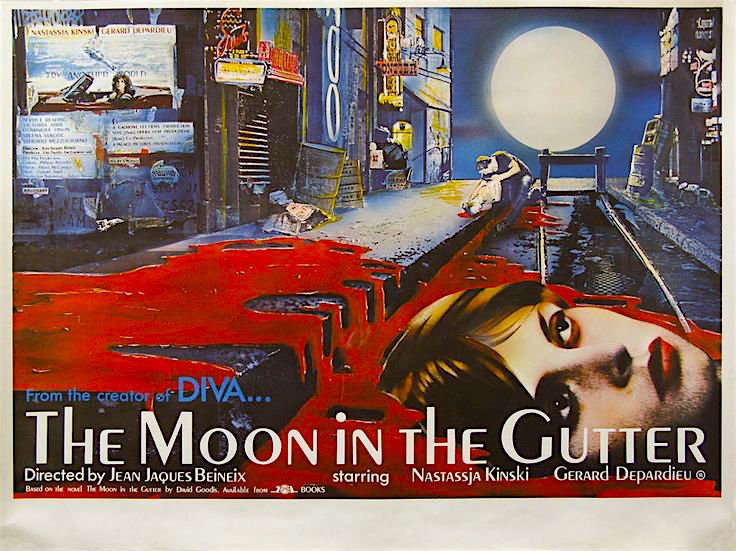
Largely panned when it debuted in cinemas, Jean-Jacques Beineix’s 1983 flop continues to be re-evaluated.
The Moon in the Gutter / La lune dans le caniveau
Jean-Jacques Beineix, 1983
They also did the same for Jean-Jacques Beineix’s infamous Betty Blue, but opted to issue only the theatrical version of that film. Sales for Betty Blue were strong, but The Moon in the Gutter is no longer in print. Seek it out. Meanwhile the director’s cut of Betty Blue is out there and will most likely be re-issued soon. Which paves the way for a restoration of that director’s successful but largely forgotten art film, Diva. An unforgettable hybrid film that is experimental to say the least. We are likely to see this film receive an upgrade within the next year or so.
It had been a fairly tight secret when The Criterion Collection decided to pursue the distribution rights for both The Valley of the Dolls and its dirty little sister, Beyond the Valley of the Dolls. The announcement created a bit of grumbling, but many are thrilled to finally see these two cultural relics restored.

“This is my happening and it freaks me out!”
Long maligned but deeply loved by a whole lot more — Russ Meyer and Roger Eberts’ 1970 X-Rated film has also joined the ranks of The Criterion Collection.
Beyond the Valley of the Dolls
Russ Meyer, 1970
Kino Lober and Olive Films have also been doing a great job of rescuing lost or forgotten cult films. This month KL released Otto Preminger’s all but forgotten Cult Film, Tell Me That You Love Me, Junie Moon Junie Moon. Olive Films has just released three other treasured Cult Films, Wild In the Streets, Whoever Slew Auntie Roo? and Modesty Blaise.

“You said she was going to eat us.”
Strange and surprisingly effective…
Whoever Slew Auntie Roo?
Curtis Harrington , 1972
Get ready. Here are but a few other films up for reconsideration beyond the realm of The Cult Film…

“Eventually stars burn out…”
This 2014 was far too quickly dismissed and ignored. This is a Cult Film that is destined for later appreciation and re-evaluation.
Map to the Stars
David Cronenberg, 2014

“Why don’t rapists eat at T.G.I. Friday’s? Well, it’s hard to rape with a stomachache.”
The jokes induce squirms vs. laughs as the comic’s ego deconstructs.
Gregg Turkington
ENTERTAINMENT
Rick Alverson, 2014
Cinematography | Lorenzo Hagerman

“Gilderoy, this is going to be a fantastic film. Brutal and honest. Nobody has seen this horror before.”
Berberian Sound Studio
Peter Strickland, 2012
Cinematography | Nicholas D. Knowland

” Everything is more complicated than you think…”
Coming up close to a decade — is the audience ready to revisit Charlie Kaufman’s ever undulating surreal epic?
Philip Seymour Hoffman
Synecdoche, New York
Charlie Kaufman, 2008
Cinematography | Frederick Elmes
The film I am most excited about is John Schlesinger’s strange and surreal forgotten bit of dark magic, The Day of the Locust. The Hollywood Dream is reduced to absolute metaphorical nightmare. It also features some of Conrad L. Hall’s best cinematography work.

“Good evening ladies and gentlemen in radioland. We’re speaking to you from the forecourt of Grumman’s Chinese Theater here in Hollywood, California…”
John Schlesinger, 1975
And, of course, Takashi Miike’s odd trip into Surrealism — GOZU.

“There’s no need to hide something as fine and dandy as that!”
GOZU
Takashi Miike, 2003
Cinematography | Kazunari Tanaka
Matty Stanfield, 8.16.2016











